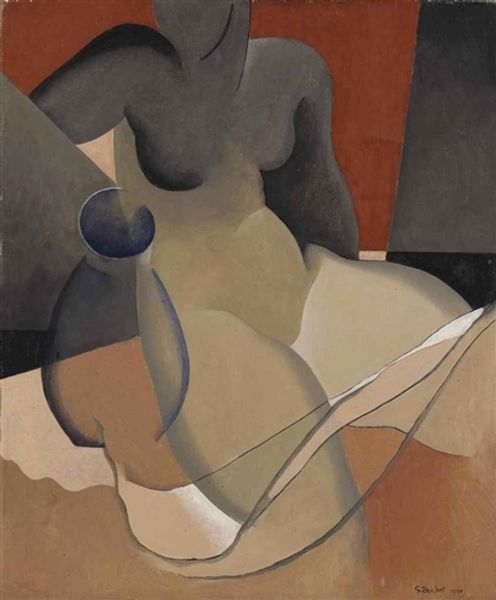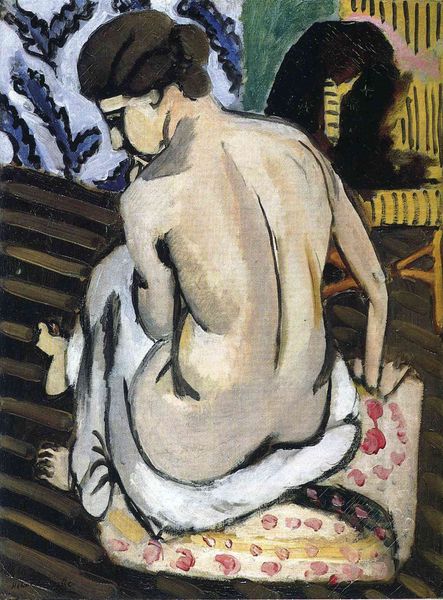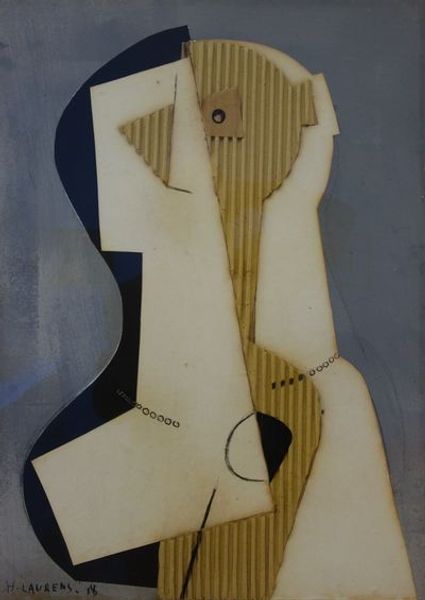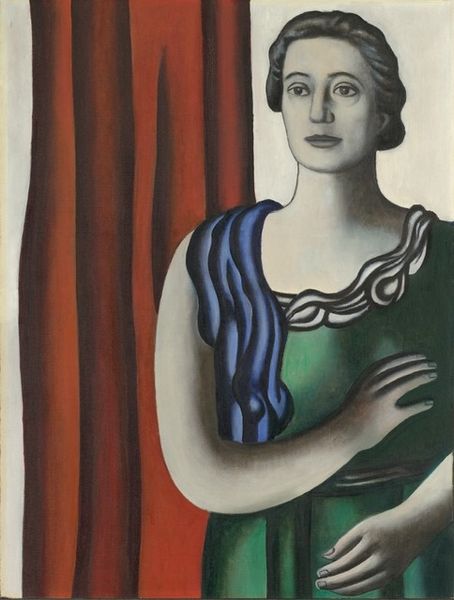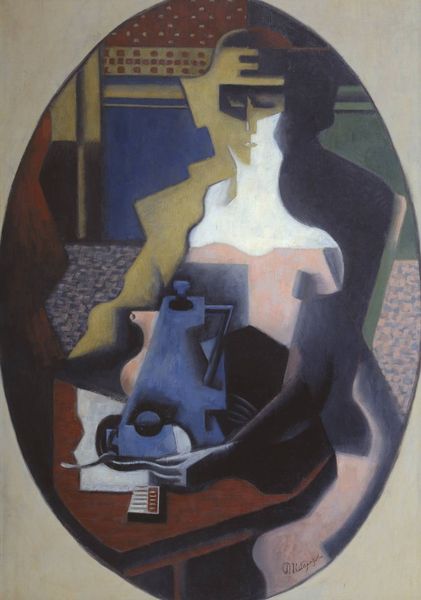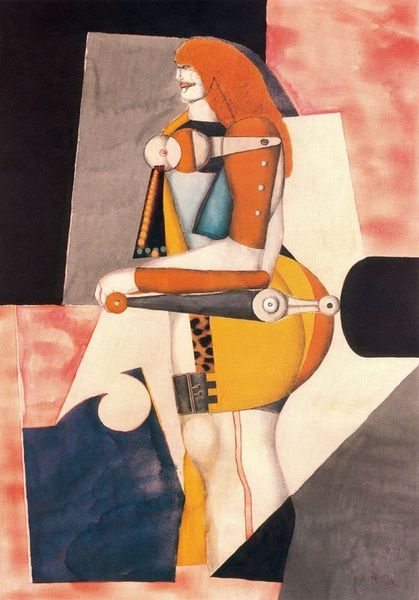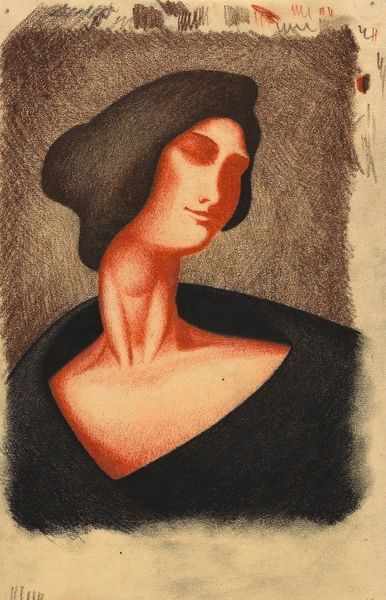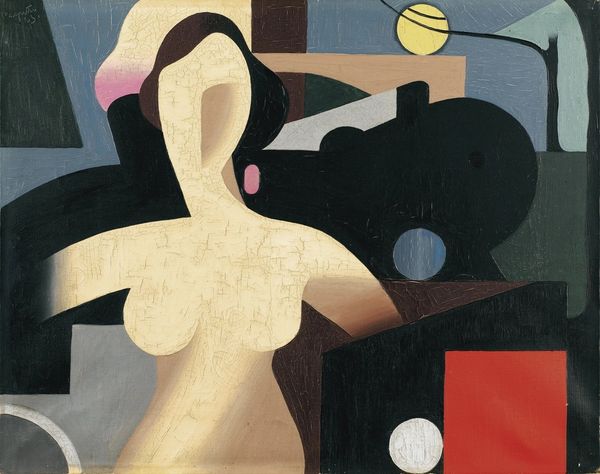
painting, watercolor
#
portrait
#
art-deco
#
cubism
#
painting
#
caricature
#
figuration
#
watercolor
#
intimism
#
cityscape
#
modernism
Copyright: Emiliano Di Cavalcanti,Fair Use
Emiliano Di Cavalcanti made this painting of Mulatas using oil and charcoal. Di Cavalcanti's application of charcoal imbues the painting with a sense of immediacy. The marks, gestural and raw, capture a fleeting moment. The oil paint, applied in thin washes, allows the texture of the underlying charcoal to remain visible. This tension between the two media creates a captivating interplay of light and shadow, lending depth and dimension to the figures. Di Cavalcanti was involved in the Week of Modern Art in 1922, which sought to forge a distinctively Brazilian modernism, one that often celebrated the nation's Afro-Brazilian culture. We might think about how class and labor relations appear in the work. The figures evoke the bohemian world of art, and the subtle geometry of the picture suggests an urban environment. By considering the materiality and techniques employed by Di Cavalcanti, we gain a deeper appreciation for the artwork’s social and cultural significance. It challenges traditional notions of fine art.
Comments
No comments
Be the first to comment and join the conversation on the ultimate creative platform.


